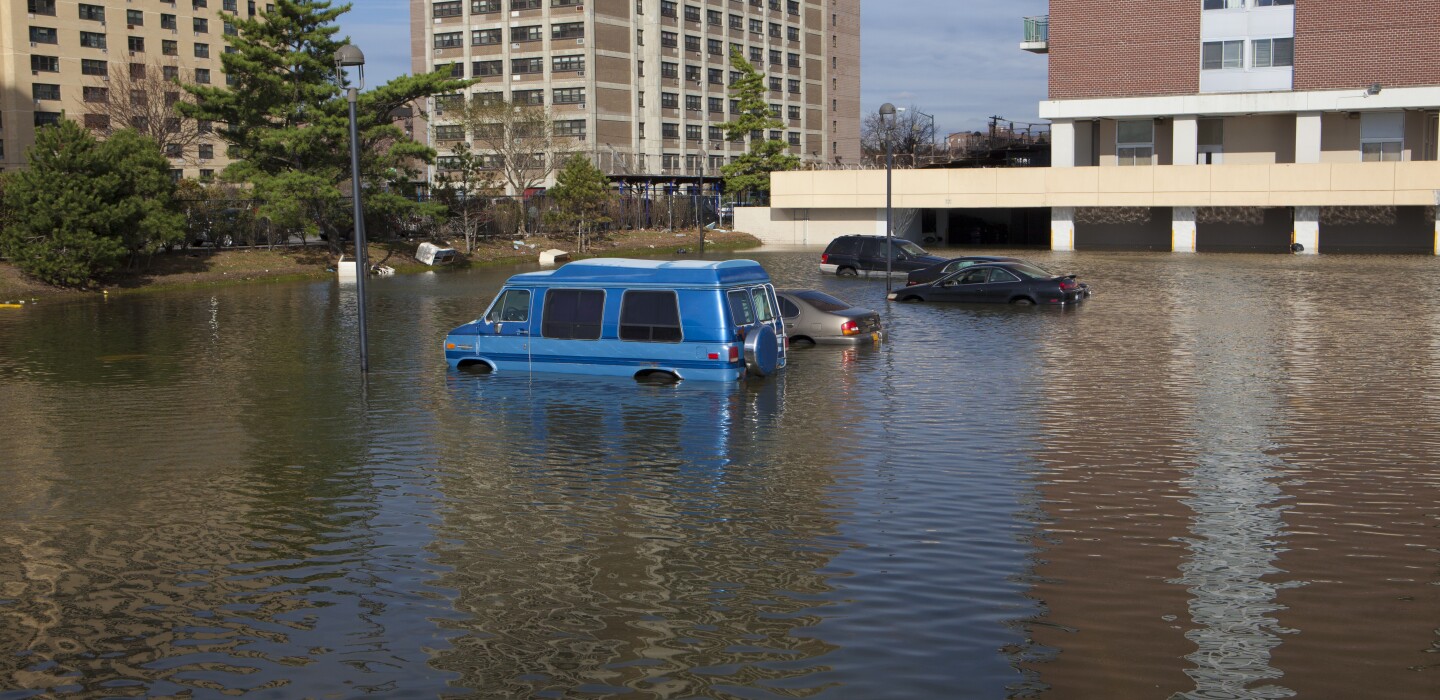
Data Reflects Nation’s Need for Disaster Paradigm Shift
Many emergency managers have long since recognized that as the nation continues to respond to disaster after disaster, most of them climate related, it’s past time to look at managing disasters from the standpoint of overall resilience — and from a national level — instead of pouring money into recovery efforts.
A 650-page report titled the Atlas of Disaster, a collaboration between Rebuild by Design, iParametrics and APTIM, found that between 2011 and 2021, 90 percent of U.S. counties experienced a climate-related federal disaster.
The research looked at all 50 states during the 10-year period and collected data on federal disaster declarations — what kind of hazards, how much federal assistance was granted, and the social, environmental and energy-related impacts that were caused by the original disaster.
“The idea was to try to pull all this data together in a comprehensive report that would allow states and agencies to look at how they fared and where they stood,” said Paul Tschirky, APTIM senior director of resilience.
“One of the things that it points out is that it’s a pretty significant issue from an emergency management perspective, from a disaster perspective, from a resilience perspective,” he said.
The hope is that jurisdictions and agencies will use the report to better understand the effects of climate-related disasters and in aggregate begin to look at ways to enhance resiliency by investing in preventative measures rather than jumping into recovery mode after the fact every time.
“Climate change is here, and communities are suffering,” said Rebuild by Design Managing Director Amy Chester. “Every day that we are not investing in adapting our infrastructure to current and future climate conditions, we are actively working against our own pocketbooks. We can do better.”
All of these hazards — flooding, wildfires, hurricanes, sea-level rise — are related to some climate or environmental factor and those, coupled with human behavior, often make for a much bigger, more costly disaster.
“Part of the increase of the impacts of a disaster are the impacts of where people are,” Tschirky said. “Think of a coastal region where we have more and more people wanting to live and play in the coastal areas and then you have storm surge. It becomes a much bigger disaster.”
The report doesn’t really attempt to convince any climate change skeptics that the planet is changing and causing more intense natural disasters, but offers data on the extent of these natural disasters nationally and what kinds of things can be done to be proactive and more resilient.
“The data shows it’s happening, and what’s driving that,” Tschirky said. “We can see sea-level rise, we can see storms, flooding, wildfires. … But it isn’t about the science of what necessarily drives these disasters, but looking at the data of what the disasters are and what kinds of actions you can take or how to use this as a platform for the discussion.”
APTIM forecasts that costs for flooding for the next 10 years will total nearly $72 billion. The next step is to take a more resilient approach and be more proactive. Emergency managers have been having this discussion for years but it may finally be something that is gaining traction.
“I think we’ve seen a paradigm shift starting to occur,” Tschirky said. “A big storm happens, all the money is dumped there and we never thought about maybe spending a little bit before disasters and being better prepared. That’s the shift we’re starting to see. That’s a positive thing, and what I’d like people to get out of this.”


Average Rating